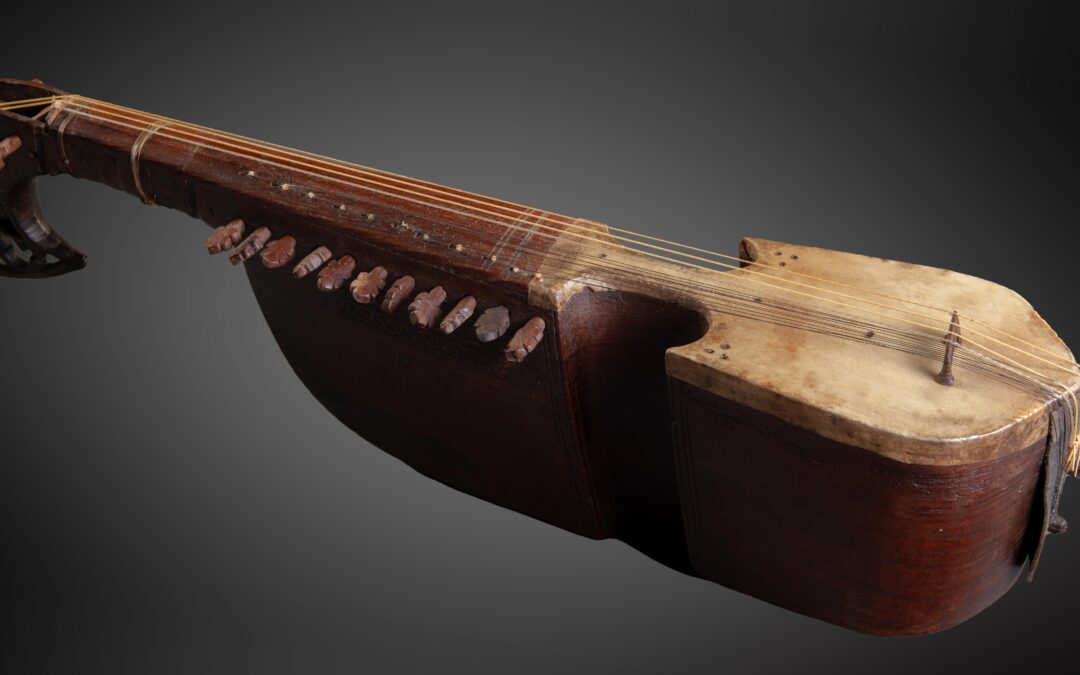
by mreichstadt | Nov 26, 2023 | Extra-européens-en
RABAB Afghanistan 19th – 20th century. The instrument is hollowed out of a block of mulberry forming the body and the handle. The fingerboard and pegbox, also in mulberry, are glued during assembly. Eleven sympathetic strings stretched across the side of...
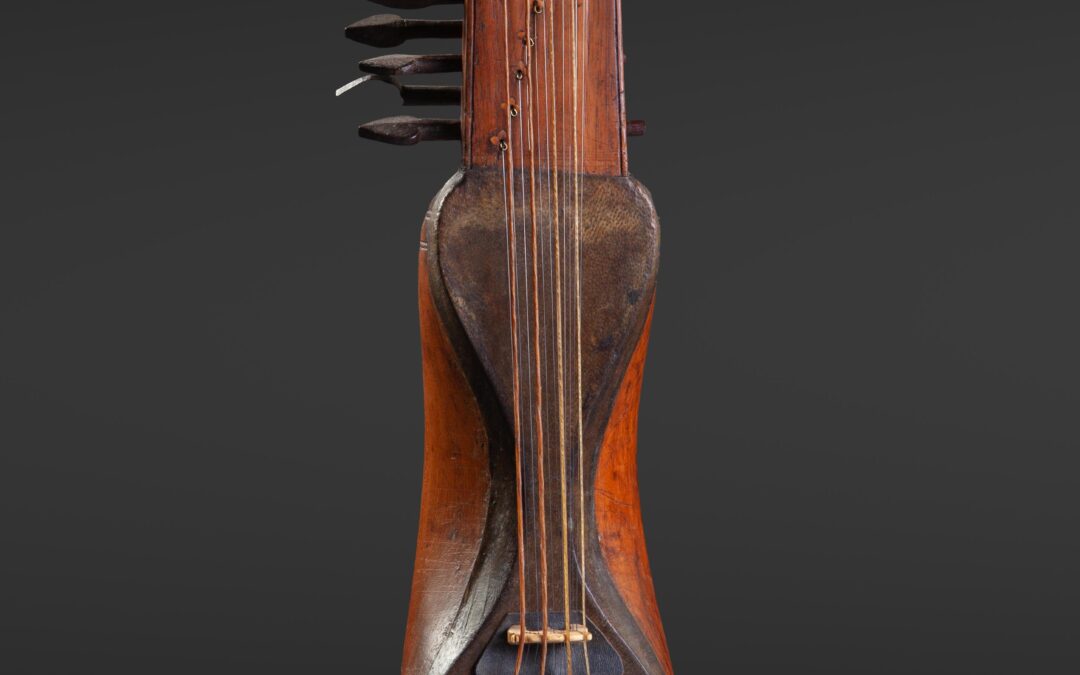
by mreichstadt | Nov 26, 2023 | Extra-européens-en
SARANGI India, Rajasthan, 19th century. Monoxyl mulberry fiddle on which a green-tinted sheepskin is glued. (copper oxide?) Eleven wooden pegs arranged along the fingerboard to tighten the sympathetic strings. Four pegs for the melody strings. Bow made of wood,...
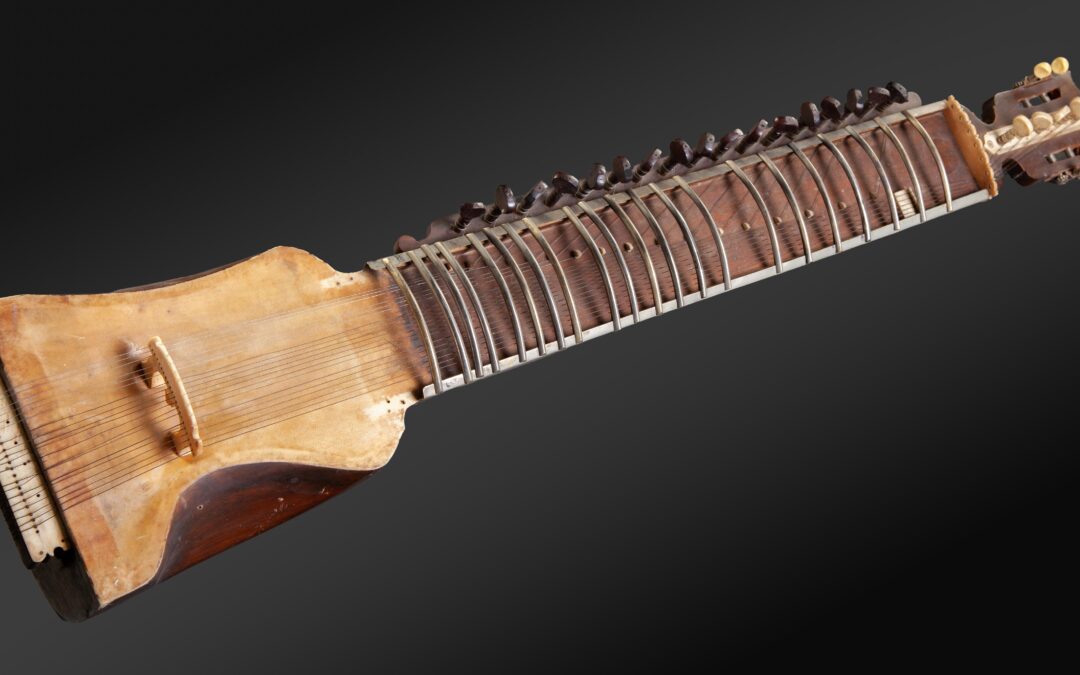
by mreichstadt | Nov 26, 2023 | Extra-européens-en
DILRUBA India 20th century. This fiddle, whose construction and playing are between the sarangi and the sitar, was described in the 19th century under the name of Kamancha, then subsequently, the name of Dilruba “which delights the heart” would have been...
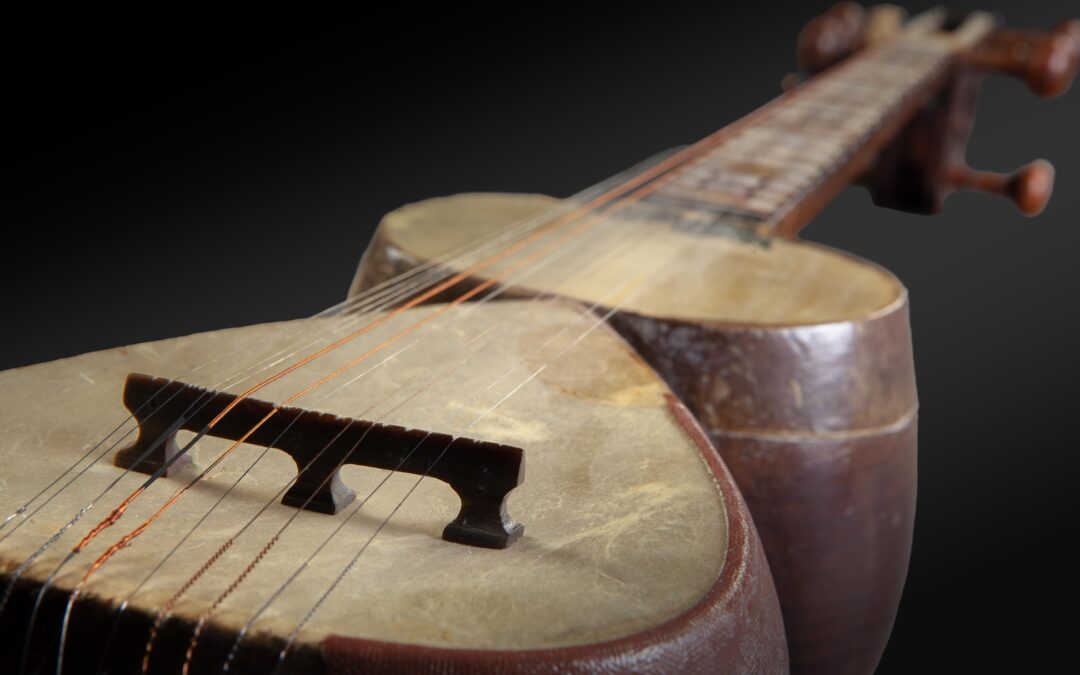
by mreichstadt | Nov 26, 2023 | Extra-européens-en
TAR Azerbaidjan20th century. This lute from the rabàb family is a typical model of Caucasian workmanship in terms of the shape of the body, the organization of the fingerboard, etc. The body is hollowed out of a single piece of mulberry. The resonance table is...
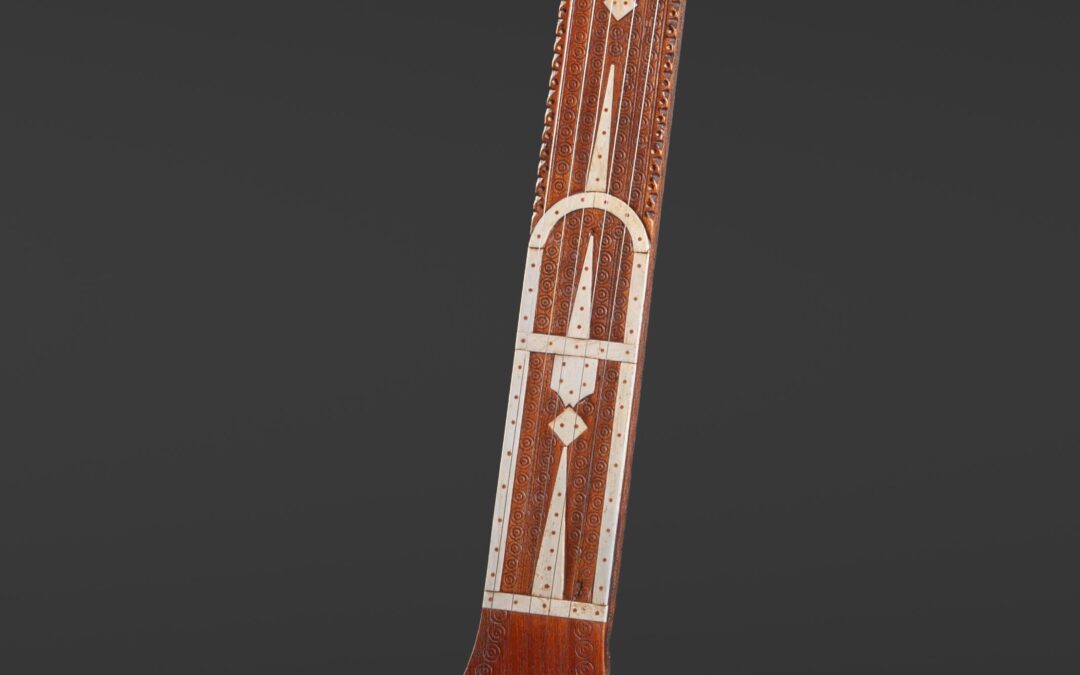
by mreichstadt | Nov 26, 2023 | Extra-européens-en
TAMPURA South India. Probably from Tanjore (Thanjavur) in Tamil Nadu. The body of the instrument is hollowed out of a trunk of Tun wood (toona ciliata) to which is attached the neck of the same species also hollowed out. Tun’s wooden flat soundboard is...
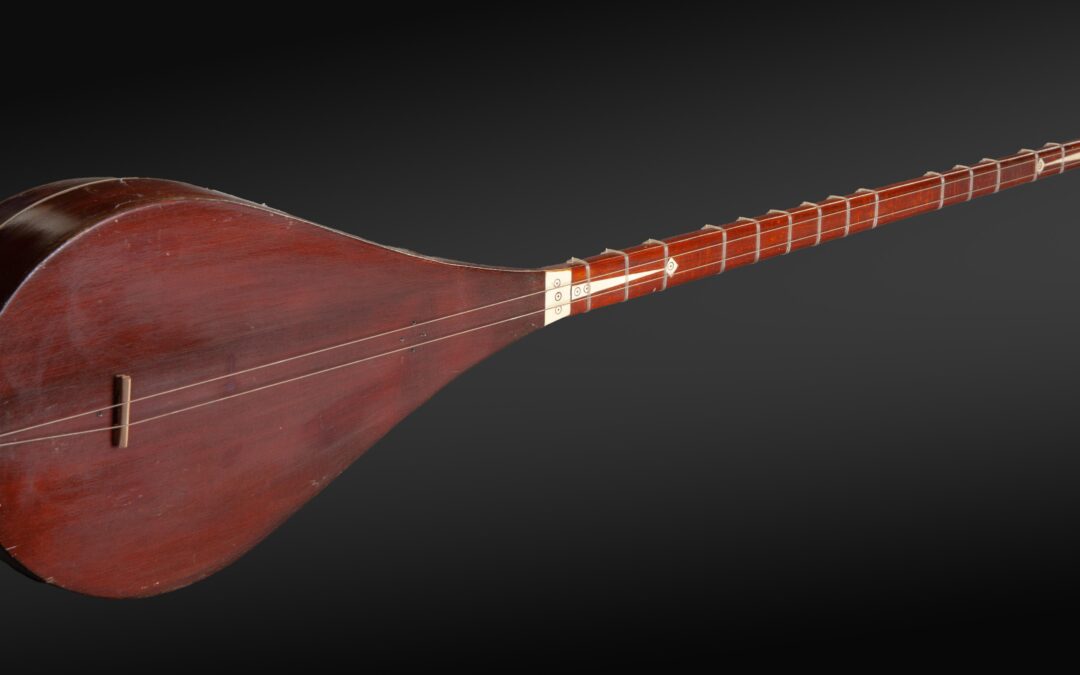
by mreichstadt | Nov 26, 2023 | Extra-européens-en
DOTAR of the “SART” Central Asia: Tajiks, Uzbeks and Uighurs. 20th century. “Sart” refers to a vast territory distributed between these different countries and inhabited by sedentary populations. Here, the resonance box is not hollowed out of a mulberry trunk,...






